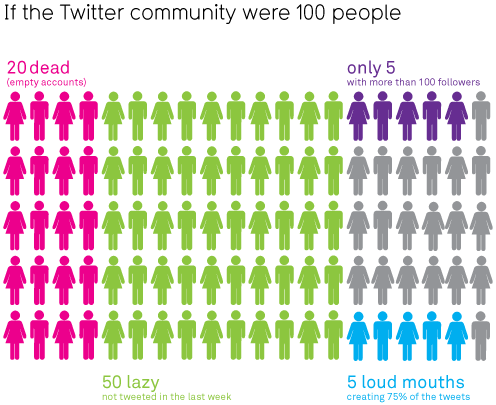If only our would-be “Net Nannies” in Congress, the FCC, FTC, state capitols and, of course, Brussels were more like the Park Service! The WSJ reports on “Why there are so few guardrails at the Grand Canyon:”
Sunday a crowd gathered in Acadia National Park, on Mount Desert Island along the Maine coast, to watch the surf, roaring with energy from an offshore hurricane, smash against the shore. A towering wave crashed over some onlookers, dragging half a dozen into the ocean. A 7-year-old girl drowned. Soon it was asked why officials had let the crowd get so near waters so dangerous. “The Park Service’s goal is to get people out into the park,” Acadia Chief Ranger Stuart West told Maine Public Broadcasting. “And we don’t want to take that opportunity away from the public.”
It’s a measure of how coddled we’ve become that Mr. West’s simple and reasonable statement seems almost shocking. But the Park Service, with its emphasis on protecting the lands in its care, has developed a refreshingly laissez-faire attitude toward protecting visitors….
It seems that those who frequent the outdoors have an aversion to nanny-statism, which allows the Park Service to take a grown-up attitude toward its visitors: “Their safety is their responsibility,” says Ron Terry, Zion’s public information officer. “We couldn’t possibly put railings up everywhere. It wouldn’t be feasible, nor would we want to.”
Amen! If only we took the same approach to the online environment: educate users about the risks (real or subjective) to their privacy, safety or delicate sensibilities and empower them to the maximum extent possible to make decisions for themselves—or for parents to decide which “perilous canyon trails” to let their kids go down. The wonderful, unique thing about the online environment is that each user’s experience can be customized: Technological filters tools allow parents to create “guardrails” just for their kids (e.g., blacklists of sites inappropriate for kids), without needing to have a guardrail installed for all users (e.g., COPA).
The parallels continue when one considers the human tendency to mis-perceive risks, which creates “technopanics” in Internet policy just as it creates panics about the various health risks of the great outdoors: Continue reading →


 The Technology Liberation Front is the tech policy blog dedicated to keeping politicians' hands off the 'net and everything else related to technology.
The Technology Liberation Front is the tech policy blog dedicated to keeping politicians' hands off the 'net and everything else related to technology.